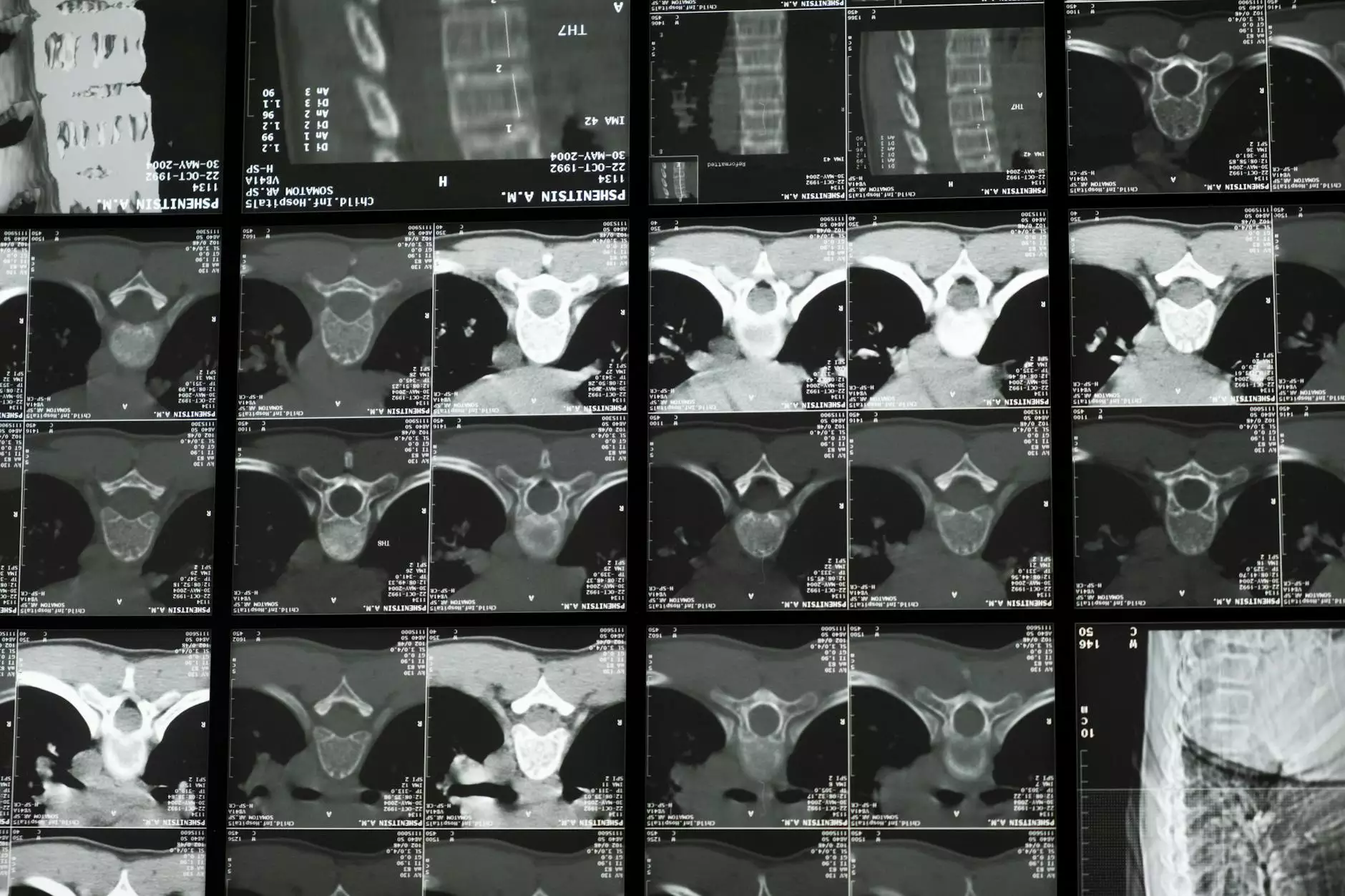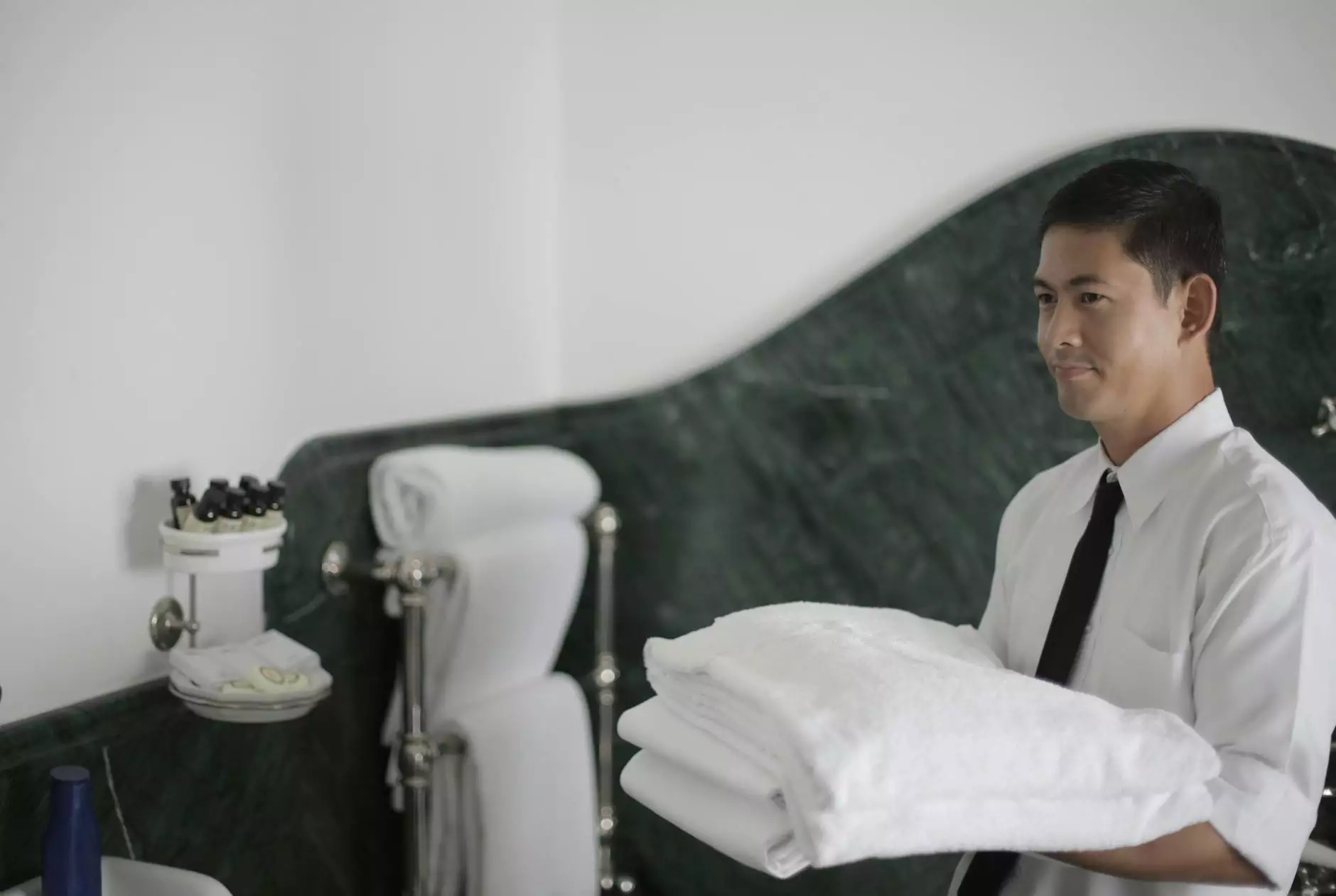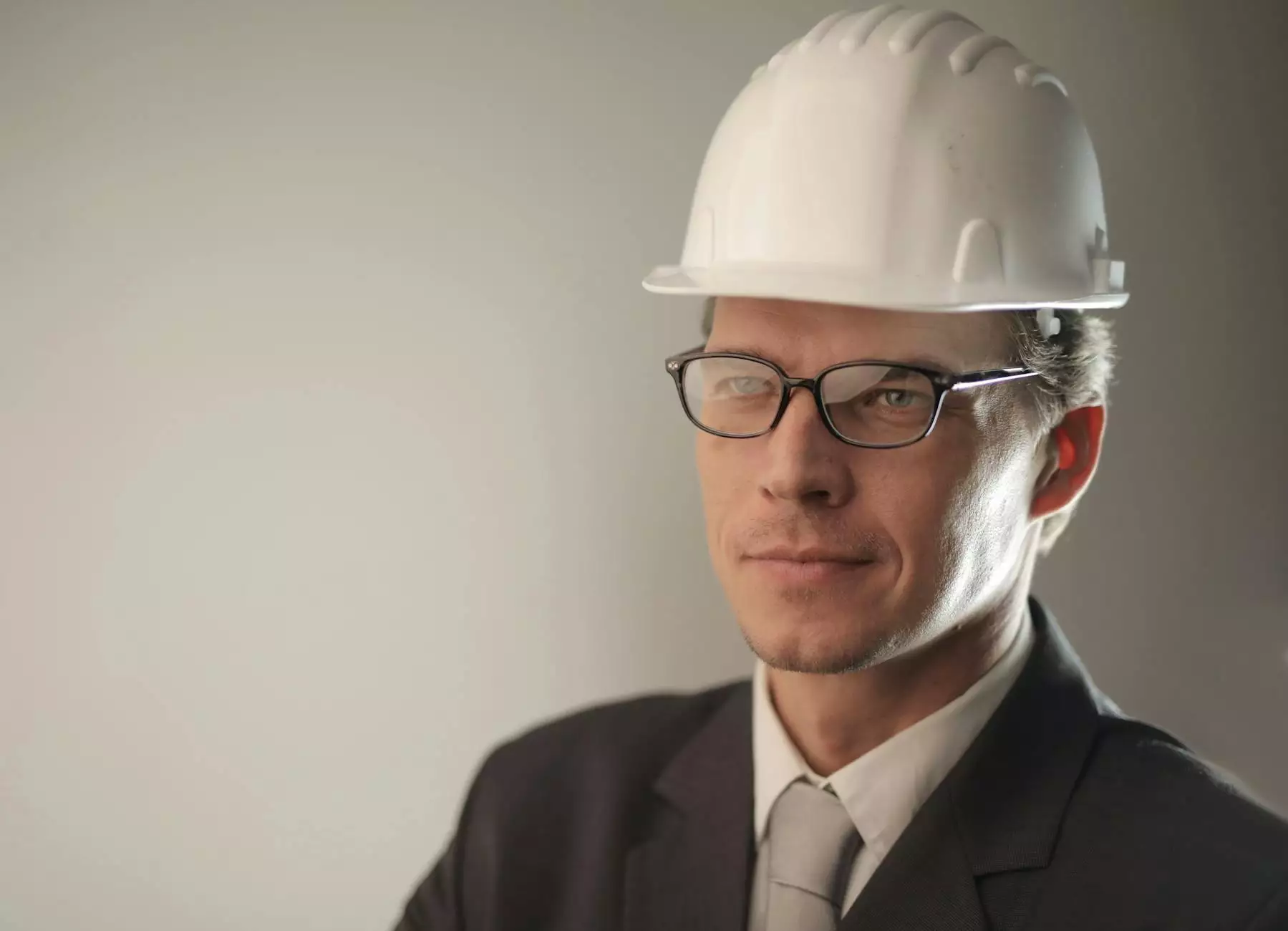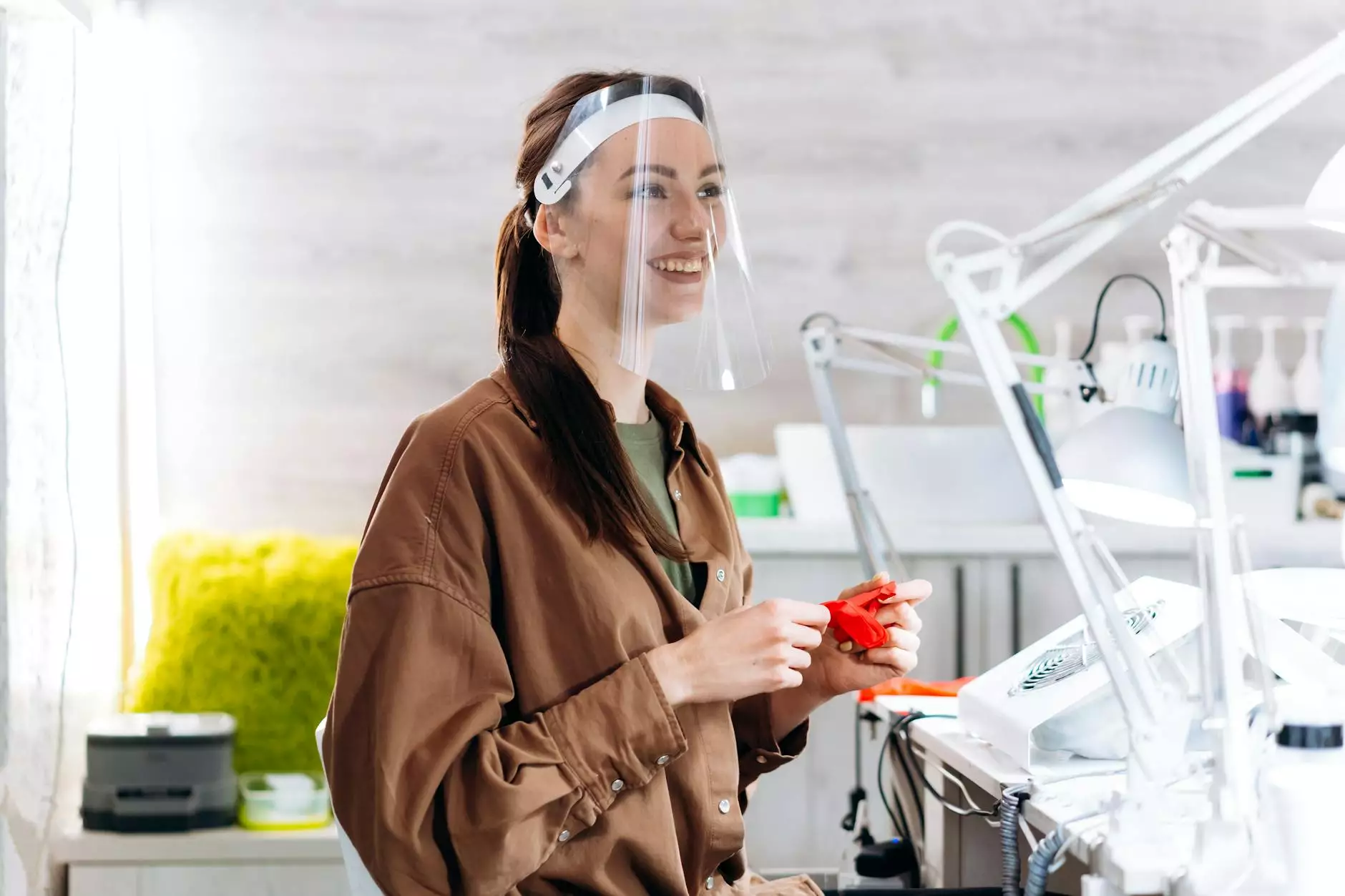Scoliosis Treatment: Comprehensive Solutions for Better Health

Scoliosis is a condition that affects millions of people worldwide, characterized by an abnormal curvature of the spine. If you or someone you know is seeking effective scoliosis treatment, this guide will provide valuable insights into the available options, their benefits, and how they can help improve quality of life.
Understanding Scoliosis
Scoliosis can develop in various forms, often classified into two major categories: idiopathic scoliosis, which has no known cause, and structural scoliosis, which can result from conditions like congenital malformations or neuromuscular disorders. Understanding the type of scoliosis is crucial in determining the most effective treatment approach.
Symptoms of Scoliosis
Recognizing scoliosis is the first step toward effective treatment. Common symptoms include:
- Uneven shoulders
- One shoulder blade more prominent than the other
- Uneven waist
- One hip higher than the other
- Back pain or discomfort
- Fatigue from prolonged sitting or standing
Importance of Early Diagnosis
Early diagnosis through regular screenings, particularly during childhood and adolescence, plays a pivotal role in the management of scoliosis. Routine checks can lead to:
- Timely intervention to prevent the worsening of curvature
- Better outcomes with non-invasive treatments
- Informed decisions regarding treatment options
Conservative Treatment Options
For many patients, scoliosis treatment can begin with conservative measures. Here are some key approaches:
1. Observation
In mild cases, particularly in children, the physician may recommend a watchful waiting strategy, monitoring the curvature over time to determine if intervention is necessary.
2. Physical Therapy
Physical therapy can be highly beneficial for managing symptoms and improving spinal alignment. Techniques often include:
- Strengthening exercises to support the back muscles
- Flexibility training to enhance mobility
- Postural training to promote alignment
3. Bracing
Bracing aims to prevent further curvature in growing children and adolescents. Types of braces include:
- Thoraco-lumbo-sacral orthosis (TLSO)
- Milwaukee brace
- Boston brace
This method is effective primarily for individuals with moderate scoliosis angles, usually between 20-40 degrees.
Surgical Treatment Options
In more severe cases of scoliosis, particularly when the spine curvature exceeds 40 degrees or causes significant health issues, surgical intervention may be necessary. Common surgical procedures include:
1. Spinal Fusion Surgery
This procedure involves fusing two or more vertebrae together to halt the progression of the curvature. Surgeons will often use metal rods or bone grafts to stabilize the spine.
2. Growth Modulation Surgery
For growing children, growth modulation surgery may be conducted to control spine growth, potentially reducing curvature without permanent fusion.
3. Vertebral Body Tethering (VBT)
This less invasive approach uses flexible straps to correct curvature in growing patients while allowing for continued vertebral growth, ideally suited for specific cases of adolescent idiopathic scoliosis.
Post-Surgical Care and Rehabilitation
Post-operative care is essential for recovery and long-term success after surgery. Key elements include:
- Pain management through medication and therapies
- Physical rehabilitation for mobility and strength
- Regular follow-ups with the healthcare team to monitor spine health
Innovative Treatments on the Horizon
The field of scoliosis treatment is constantly evolving, with advances in technology leading to innovative approaches. Some promising treatments currently under research include:
- Osteobiologics: Utilizing biologic materials to enhance bone healing and integration during spinal surgeries.
- Less invasive techniques: Development of improved minimally invasive surgical methods that reduce recovery time and complications.
The Psychological Impact of Scoliosis
The effects of scoliosis can extend beyond the physical realm, often impacting an individual's mental and emotional well-being. Patients, particularly adolescents, may experience:
- Low self-esteem related to physical appearance
- Anxiety or depression about the condition and potential treatments
- Social withdrawal due to stigma or discomfort
It is crucial to address these psychological aspects through counseling and support groups, enhancing the overall treatment plan.
Living with Scoliosis: Tips for Daily Management
Managing scoliosis day-to-day involves both physical and emotional strategies. Here are some practical tips:
- Regular Exercise: Engage in activities like swimming, yoga, or Pilates, which are known to improve flexibility and strength.
- Maintain Good Posture: Conscious effort to keep the spine aligned during daily tasks can reduce discomfort.
- Wear Supportive Footwear: Proper footwear can significantly influence posture and stability.
- Stay Educated: Understanding your condition and treatment options empowers better decision-making.
Conclusion: Embracing a Healthier Future with Scoliosis Treatment
With a multi-faceted approach, effective scoliosis treatment is attainable. From conservative measures like bracing and physical therapy to advanced surgical interventions, patients can find relief and improve their quality of life. Awareness, early diagnosis, and personalized treatment plans are crucial. If you or a loved one is dealing with scoliosis, consider consulting with healthcare professionals at The Foot Practice to explore the best treatment options available.
scoliosis treatment scoliosis








